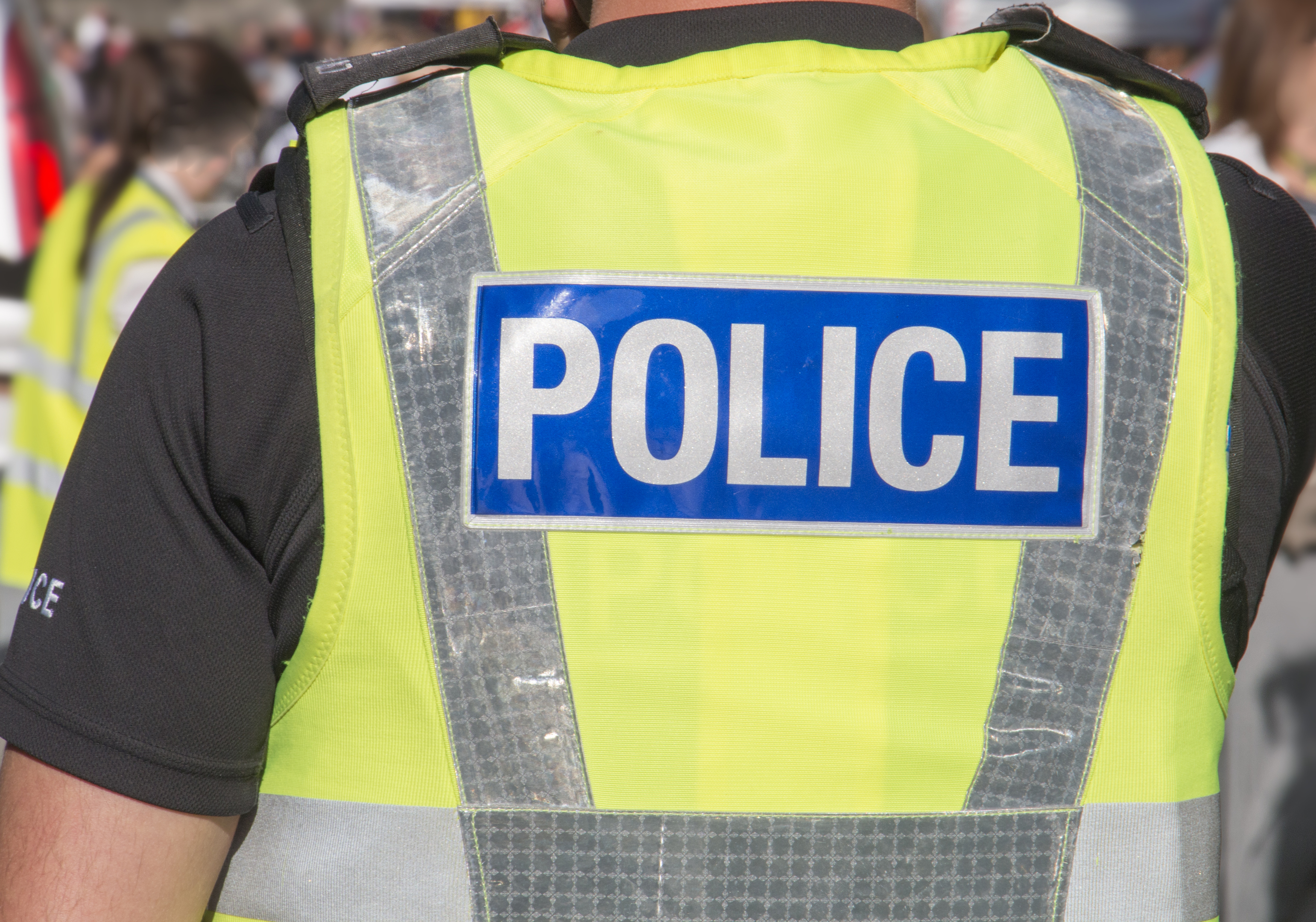
POLICE have strip searched children in custody almost 800 times in the last year.
But only 35 of the searches – four per cent – found drugs or weapons.
Experts have called for an urgent review of the practice which saw officers order children to remove all or some of their clothes 791 times in the 12 months to July.
In the same period, three under-18s had full-body searches under medical supervision and another 6,000 standard searches were carried out on children as young as nine.
Claire Lightowler, director of the Scottish Centre for Youth and Criminal Justice, said the number of negative searches suggested too many were being carried out and risked traumatising children.
She said: “The fact that 96% of strip searches and 100% of intimate searches of children did not find anything of concern reveals that the practice should be urgently reviewed.
“Children are in a vulnerable and often distressed state following arrest and searching them inevitably exacerbates this. Removing any child’s clothes and visually examining their bodies will be traumatic but potentially even more traumatic for children who more regularly come into contact with the police. They tend to be our most vulnerable and victimised children.”
Concern at the number of young people being searched was echoed by Angela Morgan, a social work expert and former head of children’s charity Includem.
She said it should not have taken a freedom of information request to obtain the information, and it should be published routinely by the force, adding: “As well as the fundamental expectation that public bodies are open and accountable, I would expect Police Scotland to recognise the significance of searching on vulnerable young people and be keen to seek independent support and expertise on child protection. Unfortunately, the current position leaves it unclear how Police Scotland looks at how the training and policy around searching translates into the real experience of children.”
Ms Morgan suggested the searches should be made a regular discussion point for the Scottish Police Authority.
The figures come after the national force’s stop and search policy was changed in 2016 after sustained criticism. Officers were found to be over-using “consensual” stop and search powers on under 18-year-olds after it emerged that in 2013/14, officers carried out 640,699 searches.
The technique was described by the UN Human Rights Committee as “allegedly unlawful and disproportionate” with critics arguing they were too young to understand that they did not have to consent.
In 2016, Police Scotland stopped carrying out consensual searches on children and adults, with Scottish ministers deciding they could no longer search under 18s for alcohol either.
Data on the number, type, frequency and findings of stop and search procedures is now routinely recorded by the force, which experts suggest should be extended to cover searches of children who are arrested.
Between June 2017 and June 2018, 57 children were strip searched under stop and search powers, with items found including knives, drugs and cigarette papers.
Of the 57 searches, 30 were negative and 27 uncovered contraband.
Superintendent Gregor Fitzcharles, of Police Scotland’s Criminal Justice Service Division, said: “A strip search is carried out in custody where there is a suggestion a person may be concealing controlled drugs or other potentially harmful articles.
“The main basis for undertaking a strip search is for the primary care and welfare of that person to ensure they don’t come to harm, as well as considerations for staff safety.
“This type of search is normally carried out when there is intelligence suggesting a threat or when a person is unwilling to engage with our vulnerability assessment questions.”
However, Scottish Liberal Democrat justice spokesperson Liam McArthur MSP questioned the quality of the intelligence being used by police to justify strip searches if 96% failed to find anything.
He said: “With these figures showing that hundreds of children are subject to strip searches, I think it is clear that we need to see a more thorough review of this practice.
“This would be a sensible step towards reassuring people that the use of strip searches is appropriate and proportionate.”

Enjoy the convenience of having The Sunday Post delivered as a digital ePaper straight to your smartphone, tablet or computer.
Subscribe for only £5.49 a month and enjoy all the benefits of the printed paper as a digital replica.
Subscribe